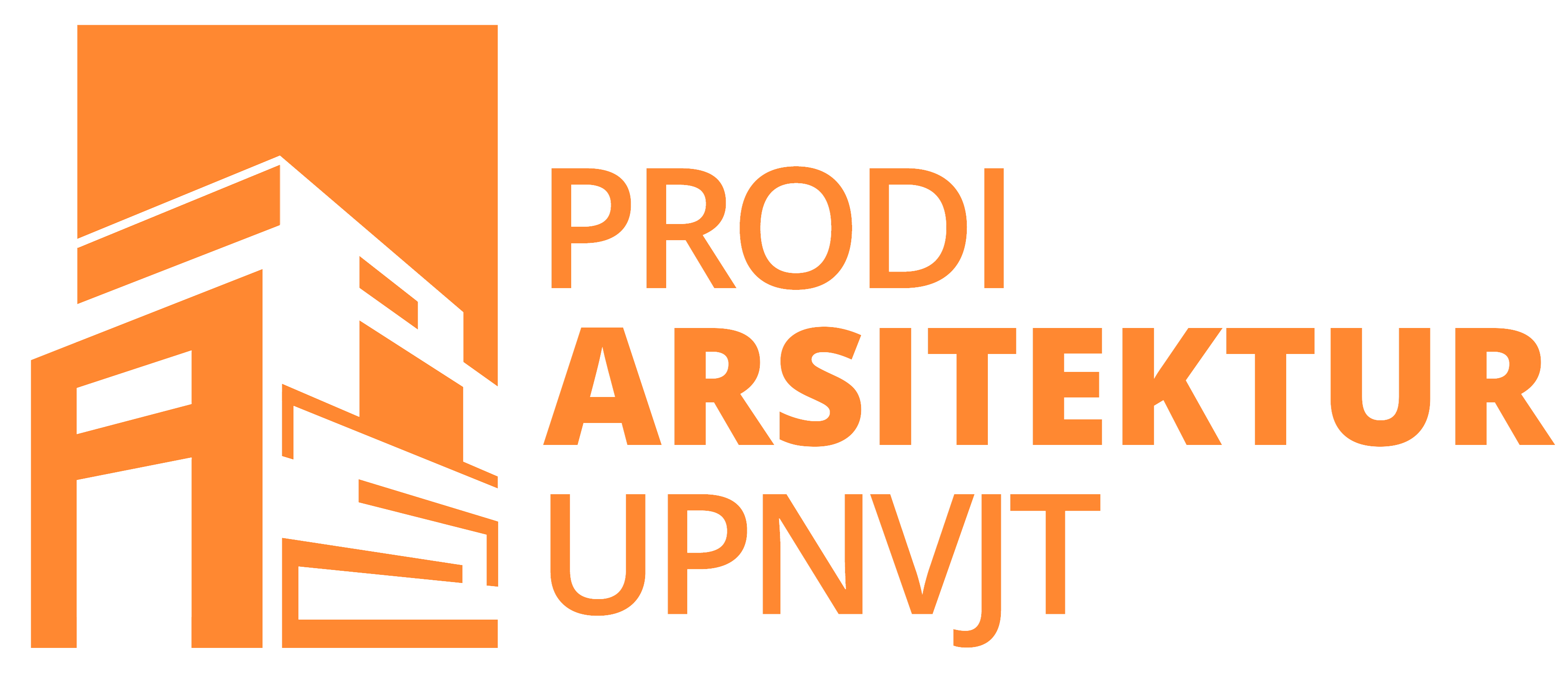APPLICATION OF ENERGY EFFICIENT BUILDING IN THE LIBRARY OF UIN SUNAN AMPEL SURABAYA
DOI:
https://doi.org/10.33005/border.v1i1.8Keywords:
energy efficiency, leed rating system, uinsa's libraryAbstract
The actual energy efficiency is not a new criterion in architectural design. The context of the existence of a building is always determined by the boundaries of climate and building materials. Energy Saving Architecture is one of the architectural typologies that is oriented towards the conservation of global natural environment. UINSA Campus (State Islamic University of Sunan Ampel) in Surabaya became one of the examples of buildings that are less efficient in energy use and have not met the idealized standard after the SNI 7330: 2009 about the college library that the college library should provide a building with enough space for collection , staff, and users with a ratio of at least 0.5 m2 for each student. This research was conducted to measure how far the level of energy efficiency used in UINSA Surabaya library building. Methods of observational research with qualitative descriptive. Observations, interviews, and measurements using measuring tools as a complement to this study. The building will be assessed from the LEED rating system. After the study of the object, the building of this library can achieve efficient energy building target of 60% means reduced 40%. The result comes from 15% vertical circulation using ramp, solar radiation reduction due to oriented building of 15%, Renewable energy use due to the use of solar panels and smart building technology by 10%.

















